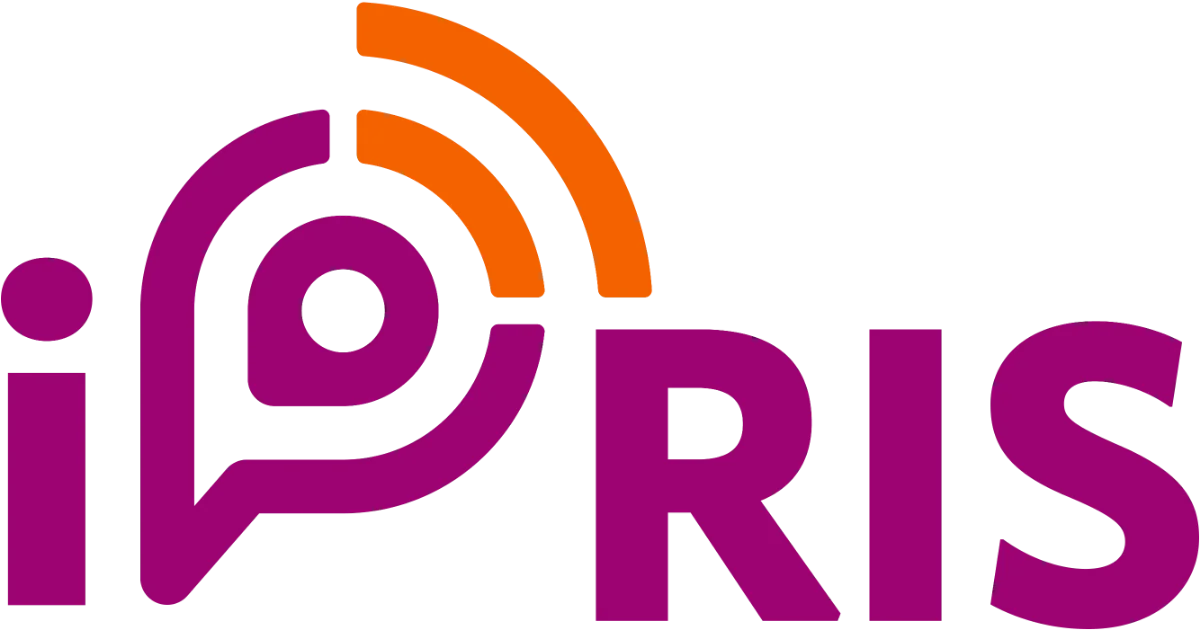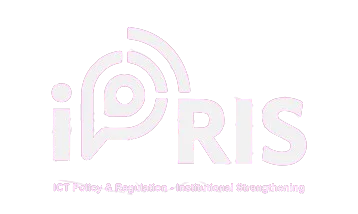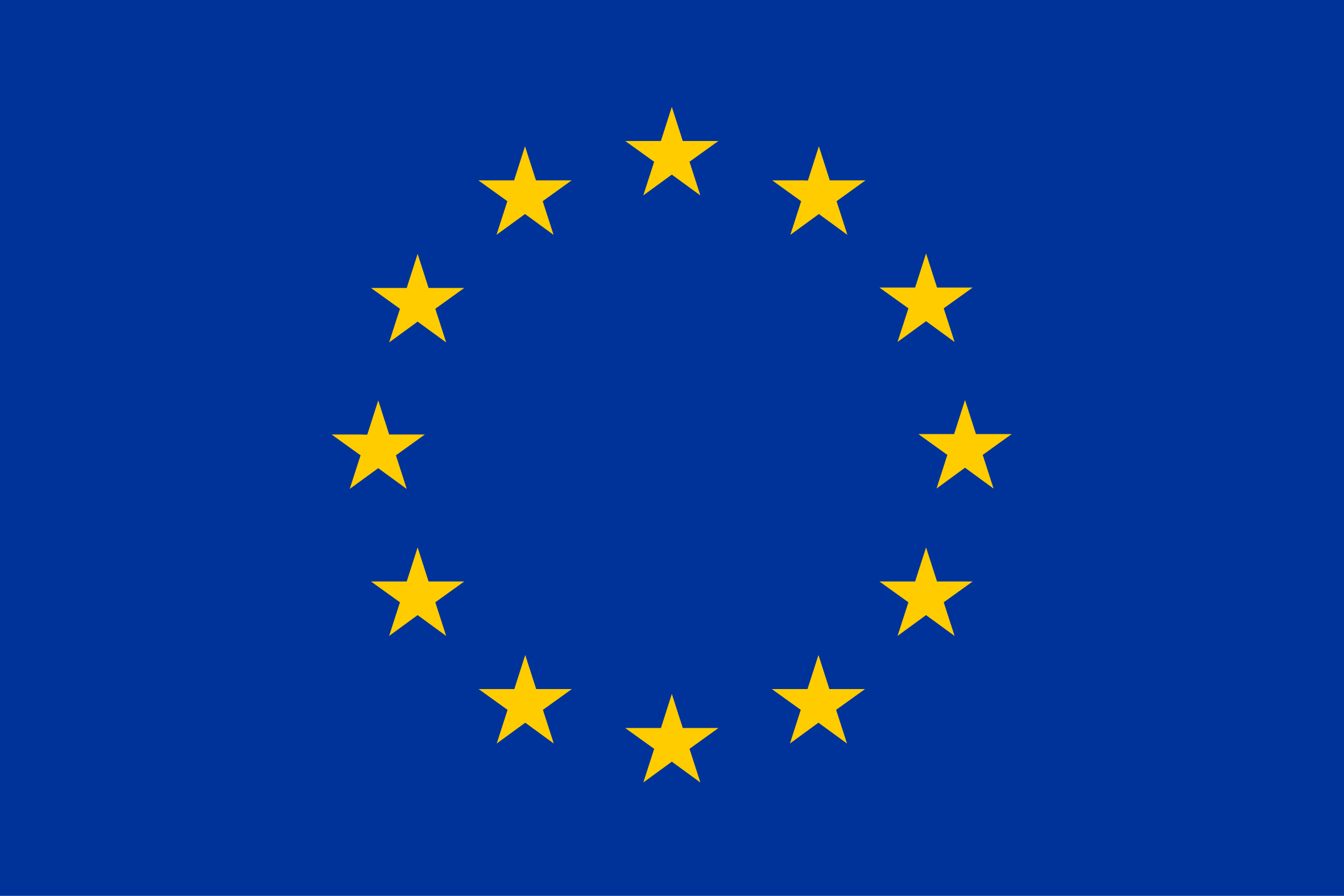[et_pb_section fb_built="1" admin_label="section" _builder_version="4.16" global_colors_info="{}"][et_pb_row admin_label="row" _builder_version="4.16" background_size="initial" background_position="top_left" background_repeat="repeat" global_colors_info="{}"][et_pb_column type="4_4" _builder_version="4.16" custom_padding="|||" global_colors_info="{}" custom_padding__hover="|||"][et_pb_code _builder_version="4.23.1" _module_preset="default" global_colors_info="{}"][/et_pb_code][et_pb_text admin_label="Text" _builder_version="4.16" background_size="initial" background_position="top_left" background_repeat="repeat" global_colors_info="{}"]
Alexandra Högberg from SPIDER Center interviewed Patricia Kemei - Deputy Director Administration; Communications Authority of Kenya (CAK), along the Sweden 2023 phase. In this interview, Patricia Kemei weighs in on digital inclusion.
This interview has been edited for clarity and readability.
Alexandra Högberg: What are some of your highlights from the previous project before iPRIS
Patricia Kemei: That was a very interesting project, we used SPIDER, the Stockholm University ICT department. We also had funding from SIDA, from the government of Sweden. And it was a collaborative approach. Initially, when we started our change initiative, we hadn't looked at the whole impact-outcome-output. We were so focused on the output in the first change initiative, but we improved and one memorable change initiative that we had was an incentive for rollout of infrastructure in the unserved and underserved areas, and with time, when we were able to measure the impact, we actually got 886 schools fitted with broadband, and it came in so handy during COVID-19 period, because we’re able to do online programs, we’re able to handle administrative functions for the school easily. So that was an impact in our local public, secondary schools.
Another project that came up from SPIDER, we had initially wanted to do a spectrum trading framework, and then we also wanted to do spectrum transfer, and we decided to amalgamate them to be a spectrum management policy. So right now in the country, we have Spectrum Management Policy, which helps us to know how to do trading. In fact, when trading was done underground, now it's coming out in the open, there are transfer guidelines. If you're not going to use your spectrum, how can it be utilised back instead of lying idle. So it's really helped us especially we also have another project, which was on the 5G regulatory sandbox. That's a good one, and it's brought in innovators. And it's really good because it's bringing a trial on how 5G can be harnessed, and we have a framework now on how participants can take part. So that's really been remarkable.
AH: Can you please weigh in more on the deployment of mobile cellular infrastructure in several parts of the country?
PK: We have something called the Universal Service Fund, where it does not make business sense sometimes for operators to go to the rural areas. We've been using the Universal Service Fund, to roll out broadband, even if it's 3G or 2G in those rural areas, and we learn some lessons that in the communities, we must involve them, we must involve the stakeholders. Sometimes they're just interested in water or borehole water. So you do it in terms of our CSR, where you do collaboration, so that you meet their needs, and you also show them the importance of having broadband, we are moving towards meaningful connectivity.
AH: Give an overview of the ICT sector in Kenya. What specific challenges does your country/region face in the current global telecommunications landscape?
PK: Currently, as I've already began speaking, we have a challenge on infrastructure deployment, in terms of the connectivity, and also the supporting infrastructure, like energy, not everywhere has electricity. We don't have solar in all places. So that's a challenge in rolling out that infrastructure in the rural areas, we also have a challenge of digital literacy, and not everybody has digital skills, the need for digital content, network security, and resilience has also been a challenge, especially in the northern parts of the country, where there has been inaccessible road structure, and even general physical security also. So those are challenges that are there lack of enough funding and budget for these things are expensive, and we require more capital investment in the same.
AH: How will your change initiative address this?
PK: Our current change initiative is on developing a framework on fiber deployment. So currently, we do not know how much fiber as such is spread out and where exactly it is. The Government of Kenya has a commitment on the government's digital transformation agenda to roll out 100,000 kilometer of fiber, so the communications authority as the regulator, we are charged with providing an enabling environment for the country for ICT, and we are planning to do 2,500 kilometers. So this change initiative will help us, first of all come out with a framework, how will fiber be deployed, we do a mapping where exactly do we want this fiber to be placed out, we also need to do a cost modeling pricing so that it can be affordable, but it can encourage our operators to roll up the fiber. And in the long run, we expect that it will result in meaningful connectivity where people will be able to use the devices, will be able to have internet will be able to have connectivity at an affordable price. You know, when we talk about access, we're thinking of the availability and also the affordability. At the same time, it needs to be secure, and safe.
AH: How can regulators contribute to the advancement of the ICT sector in Africa?
PK: Regulators have an important part because they begin with policymaking? You know, if you start with the end in mind, what kind of policies do you have to encourage people to take part in the ICT in the digital transformation agenda? So we can come up even with curricula that that encourages digital literacy, that encourages innovation. There is a need to balance the risk of innovation and regulatory control, so that you balance out how much innovation can go on and what's the regulatory control that is required in terms of having safety as you roll out your digital infrastructure. So we have a role as the regulators to seek for collaboration and partnership, and to fulfill the government agenda on digital transformation.
AH: Anything else you want to add?
PK: I just want to appreciate the European Union in this new face of the iPRIS, still the University of Stockholm, Luxembourg, and Sweden for still supporting this agenda for Africa as developing nations. It is a good opportunity, and I know in the long run when we'll measure the impact, there will be digital transformation in the whole world, even in Africa and in Kenya. Thank you so much.
[/et_pb_text][/et_pb_column][/et_pb_row][/et_pb_section]




